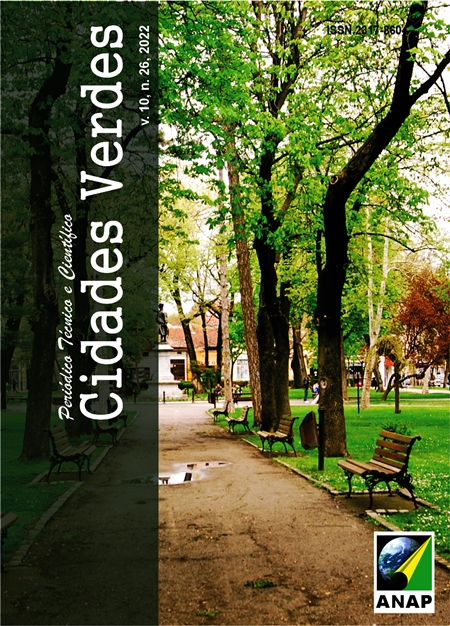Ways of growth and sustainability of Latin American urbanization: Comparative study of the peripheries Bogotá - Buenos Aires - Rio de Janeiro
DOI:
https://doi.org/10.17271/23178604102620223167Abstract
Latin America's urban footprint has grown unsustainably over the past 20 years. To investigate these urbanization processes in order to obtain possibilities for sustainable solutions, having as a goal the objectives of the 2030 Agenda and the 17 UN Sustainable Development Goals, it is proposed the application of the sustainability indicators proposed by the Barcelona Urban Ecology Agency, thus evaluating in a comparative way how urban growth develops in Latin America. In Brazil, the area selected for research is in the central area of Maricá, in the State of Rio de Janeiro. From the application of the indicators, it is possible to analyze areas in a less empirical way, obtaining real results that may justify studies and investments in the areas. This method of study can be used by managers or used to charge them more assertively, thus helping a Latin American city to achieve the Sustainable Development Goals (SDGs) of the United Nations (UN), helping them to be sustainable, inclusive and resilient cities.
KEYWORDS: Sustainability. Latin America. Indicators.















